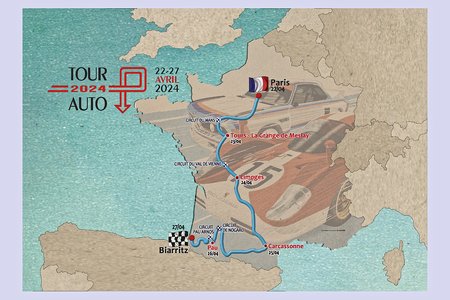

Departing from Paris, the competitors, 240 crews, went to Biarritz, in the south west of France via Tours, Limoges, Carcassonne and Pau.
For my part, I went to 3 of the 4 circuits visited by the Tour Auto by Peter Auto, Val de Vienne, Nogaro and Pau Arnos, only the Bugatti circuit in Le Mans escaped my objectives. I did not follow the special stages which numbered 11.
The Tour Auto is reserved in priority and on invitation to the cars, the type of which competed in the “Tour de France Automobile” between 1951 and 1973. Although all the competitors take the same routes, they are not all in the same event. To address to the different methods of timing, they are split into two categories assigning the cars to one of the two proposed: one devoted to regularity, the other to pure speed.
Regularity regulation
Competitors in the Regularity section drive the same circuits as the racers, but at their own chosen speed. Having set a target time on a key “green flag” lap, the skill is to repeat that time exactly to the second on each of the next three laps. On the special stages, the aim is to drive at a pre-set average, according to the speed category chosen at the outset – fast, medium or slow.
For measuring the distance, only the original equipment fitted on the dashboard is allowed. For measuring the times, the use of two chronometers with hands, without any external link is allowed. The key to success? A perfect stopwatch command for sure, but also a perfect harmony between driver and co-driver.



































































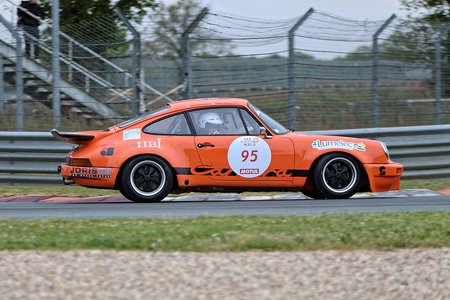



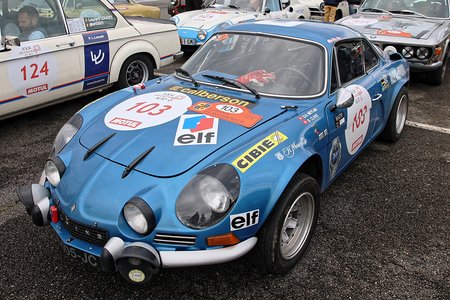








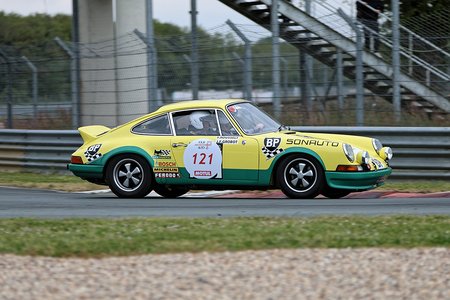



























Regularity rankings
Group G
1 #100 Rigondet / Souillard Simca CG B1200
2 #38 Dietrich / Mocciola Porsche 911 2,2L S
3 #79 Lacombe / Lacombe BMW 2002 TI
Group H/I
1 #36 Oxenford / Diaz Porsche 911 Carrera RS 2.7
2 #124 Eriksson / Siesling Porsche 911 2,5L ST GR4
3 #64 Haas / Haas Porsche 911 Carrera RS 2.7
Group VHC
1 #50 Jay / Bruet MG A 1500
2 #43 D’Incau / Pagano Jaguar E-Type 3.8
3 # Sucari / Sicari Porsche 911 2,0L
Competition regulation
The stopwatch acts as arbitrator. To win, the best possible times must be made during the timed stages on the tracks and closed roads. Teams and cars must meet the requirements of the FIA’s sporting code, Appendix K. Logically, the lead of the competition classification is monopolised by the sharpest cars : AC Cobra, Ford GT40, Jaguar E-Type, Porsche 904 to name just a few. The classification is divided into four categories: Overall “scratch” (save G/H/I groups), G Competition (1966 to 1971), H/I Competition (1972 à 1981) and Index of Performance.











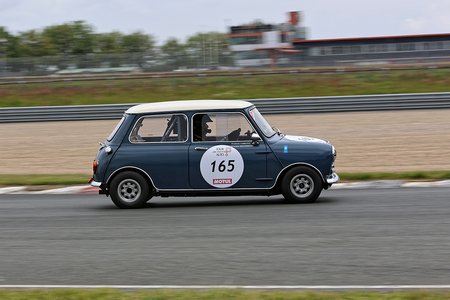

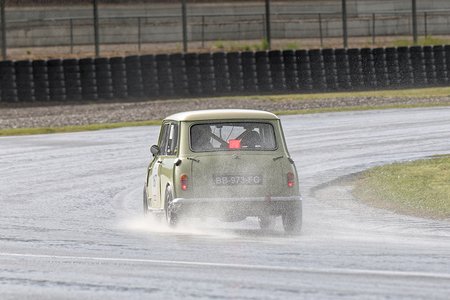






























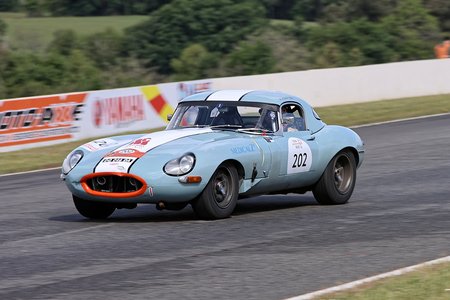


















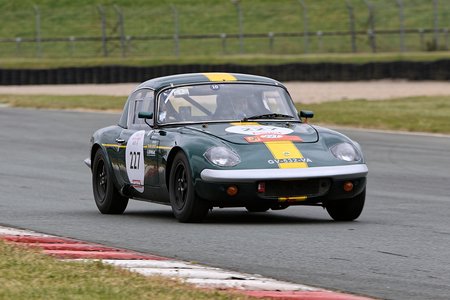








Competition rankings
Group G
1 #279 Beck / Schaffner Porsche 911 2,3L ST
2 #248 Izidi / Izidi Porsche 906
3 #186 Charrier / Gandon BMW 2002 TI
Group H/I
1 #264 Mennechet / Loubet Ferrari 308 Gr.IV Michelotto
2 #263 Gheysen / Marinho De Tomaso Pantera Gr. IV
3 #298 Letheux / Blyenberg Ford Capri RS 2600
Group VHC
1 #202 Brigand / Albert Jaguar E-Type 3.8
2 #206 Bonnardel / Bonnardel Jaguar E-Type 3.8
3 #311 Wakeman / Blakeney-Edwards Shelby Cobra 289
Index of performance
The Index of Performance classification takes into account both the times set and the car’s performances. Each vehicle is given a coefficient depending on its cubic capacity and its age. Logically, the more recent a car is and the more powerful its engine the quicker it should be. The time set in each event is then multiplied by each car’s coefficient to establish the Index of Performance classification.




























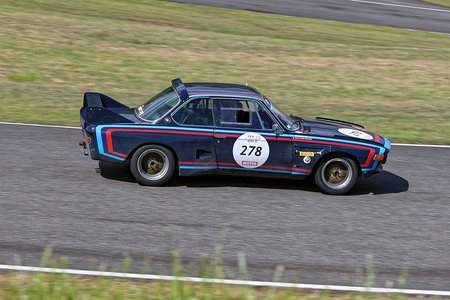





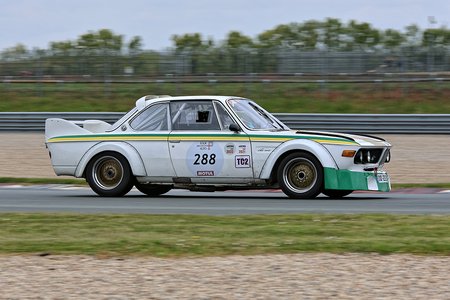











Index of performance ranking
1 #164 Couraudon / Couraudon Porsche 356 (pré-A) 1500 S Coupé
2 #152 Gravier / Seigneurin Alfa Romeo Giulietta SVZ
3 #176 Veyrat / Vergeot Alfa Romeo Giulietta Sprint Veloce
Based on Peter Auto press report